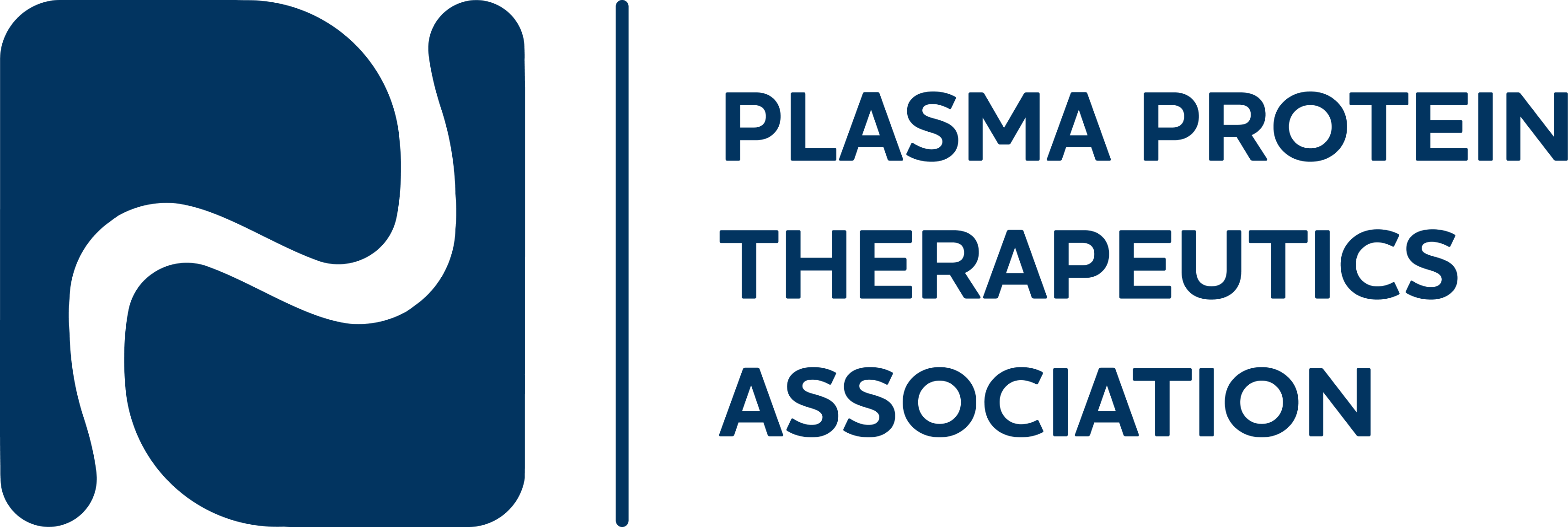Plasma-derived medicines are unique
Treatments for patients with rare diseases in Europe
Plasma-derived medicines are unique biologic medicines that treat people with plasma protein deficiencies and dysfunctions. These disorders occur in a very small patient population and belong to a group of rare diseases. In the European Union, a disease is considered rare if it affects 1 individual per 2,000.
The unique value chain for producing plasma-derived medicines
It always starts with a person’s donation of plasma. The process of making specialized plasma-derived medicines takes 7-12 months from the time of plasma donation until the medicine is ready for use by patients. In contrast, it takes one month to produce a small molecule pharmaceutical medicine.
Plasma donation & collection
Plasma-derived medicines are unique. The source material for manufacturing these medicines comes only from human donations. For most of the conditions that plasma-derived medicines treat, patients have no alternative treatment.

Plasma is collected from healthy donors through a process called plasmapheresis which removes only the plasma and returns the remaining blood components to the donor. Therefore, a plasma donation can be made more frequently than a blood donation. Today, PPTA members operate around 160 plasma donation centres in the European Union. After collection, the plasma donation is frozen and shipped to state-of-the-art facilities for manufacture into lifesaving plasma-derived medicines.
Plasma-derived medicines are not interchangeable
Each plasma-derived medicine is unique, due to the pharmacological and manufacturing differences across different brands and to each patient’s unique response to the treatments. As different brands of plasma-derived medicines are not bioequivalent, these therapies are non-interchangeable, sole-source biologics, so it is essential that patients have continued access to their specific therapy. One-size-fits-all policies are not suitable for plasma-derived medicines and endanger patient health.
-
Council of EuropeCouncil of Europe, Resolution CM/Res(2015)2 on principles concerning human normal immunoglobulin therapies for immunodeficiency and other diseases (Adopted by the Committee of Ministers on 15 April 2015 at the 1225th meeting of the Ministers’ Deputies)
-
Iris – Association des patients déficit immunitaires primitifs, FranceImmuno-déficience primitive, Recherche, Information, Soutien (I.R.I.S.) Position Statement Summary
-
IPOPI – International Patient Organization for Primary ImmunodeficienciesFrontiers in IMMUNOLOGY, Primary Immune Deficiencies – Principles of care; Hypothesis and Theory Article, published: 15 December 2014, doi: 10.3389/fimmu.2014.00627
-
UK Department of HealthClinical Guidelines for Immunoglobulin Use; the UK Department of Health, 2008, p. 15

